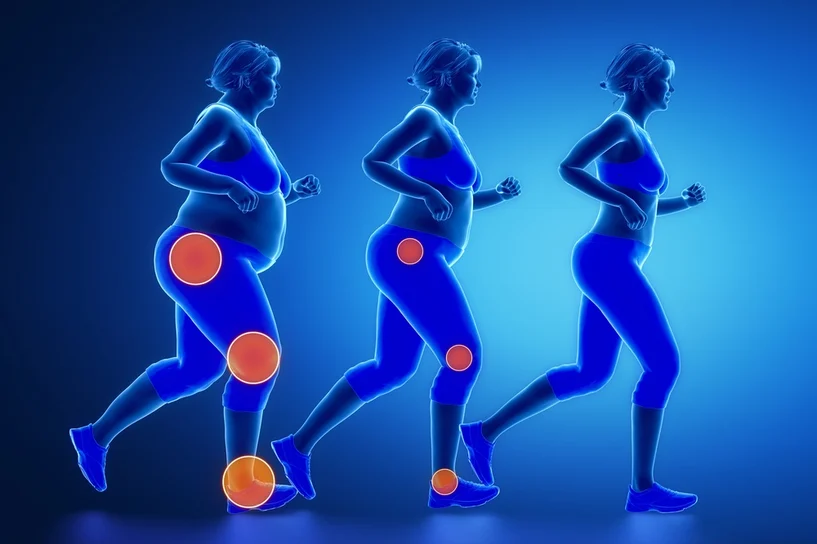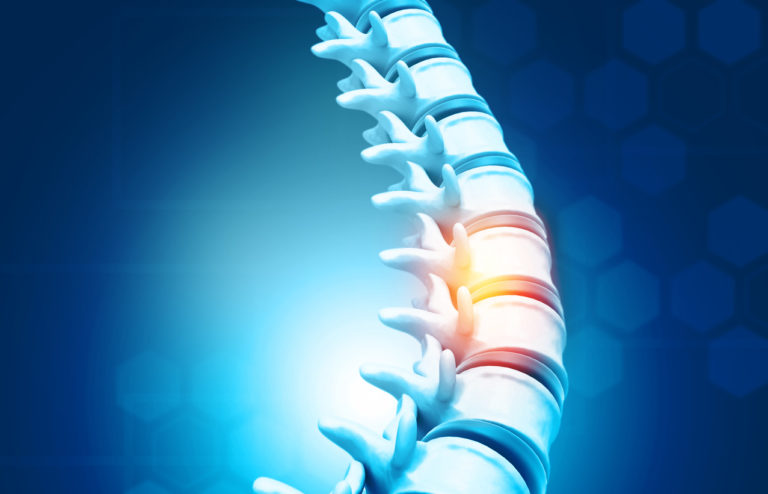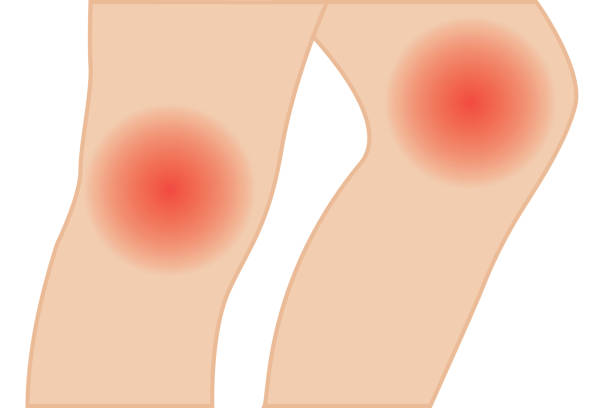



What is Scoliosis?
Scoliosis or scolio (common term) is when the spine curves sideways, often noticed in teenagers. Scolio in kids often has no clear cause, even though it can appear with conditions like cerebral palsy or muscular dystrophy.
In this post, we will talk about what is a TLSO back brace and how it prevents further curvature and ultimately corrects the curve. With proper use and information, this could help you or even a relative/family member to straighten up their backs, like literally!
How do you know if you have scoliosis?
In cases of scoliosis, an individual’s posture may appear uneven, with potential signs like a noticeable lean to one side. Some folks may show uneven shoulders, with one higher than the other, or one shoulder blade sticking out more. When bending over, a twisted spine could cause one side of the rib cage to protrude more than the other. It’s important to note that scoliosis is not always easily discernible and can vary in its visibility. Furthermore, you can always go to a spine doctor to have yourself evaluated.
What is a TLSO back brace?
A TLSO, or Thoracolumbosacral Orthosis, limits movement in the back, excluding the neck. It’s used for stable fractures or post-surgery in the middle and lower spine.
If you’re looking for any type of back brace or even any types of brace, click here.
How effective is the TLSO back brace for Scoliosis?
The TLSO back brace provides stability for issues like sprains, strains, spinal stenosis, scoliosis, and post-surgery recovery. It effectively compresses and supports the upper and lower spine, preventing further injuries. This type of brace has many uses and if you are experiencing any spine problems, click here for further information.
There is supporting evidence indicating that scoliosis can have a hereditary component. Research has indicated that individuals with a family background of scoliosis face an elevated risk of developing the condition when compared to those without such familial ties. Thus, wearing a TLSO back brace is recommended to prevent possible curvature of the spine.
Does my insurance or Medicare cover this type of brace?
At Daphco Medical Equipment, we offer several TLSO back brace and a catalog of other types of braces. It is advisable to consult with your insurance carrier if your physician recommends a back brace to determine the extent of your coverage and potential expenses or you can fill out a form here so that we can check your eligibility with Medicare.
Search Articles
Latest Articles
28th Feb, 24
23rd Feb, 24
20th Feb, 24
15th Feb, 24
13th Feb, 24



 888-616-4156
888-616-4156 


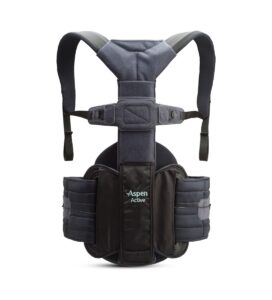
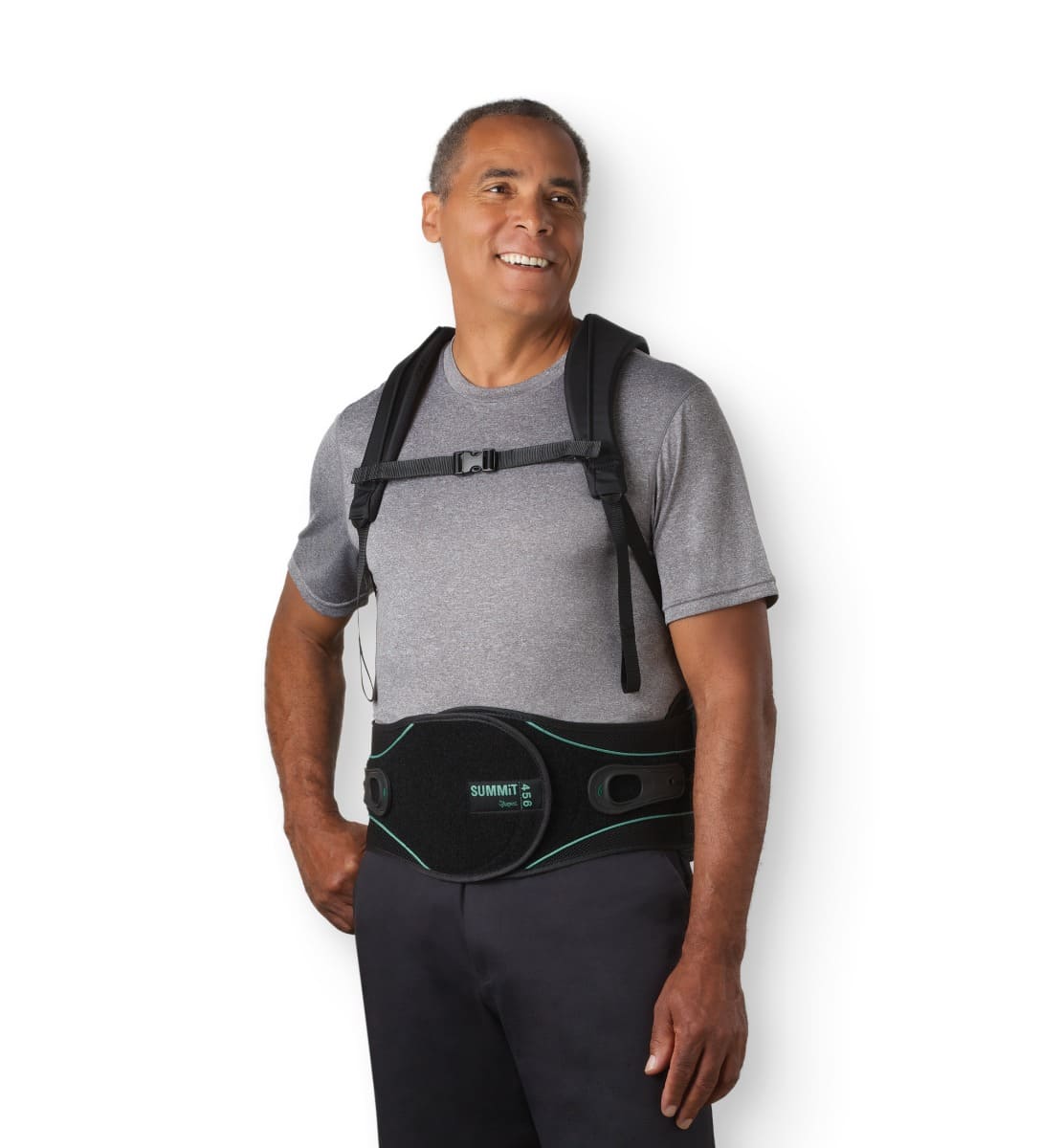


 28th Feb, 24
28th Feb, 24 